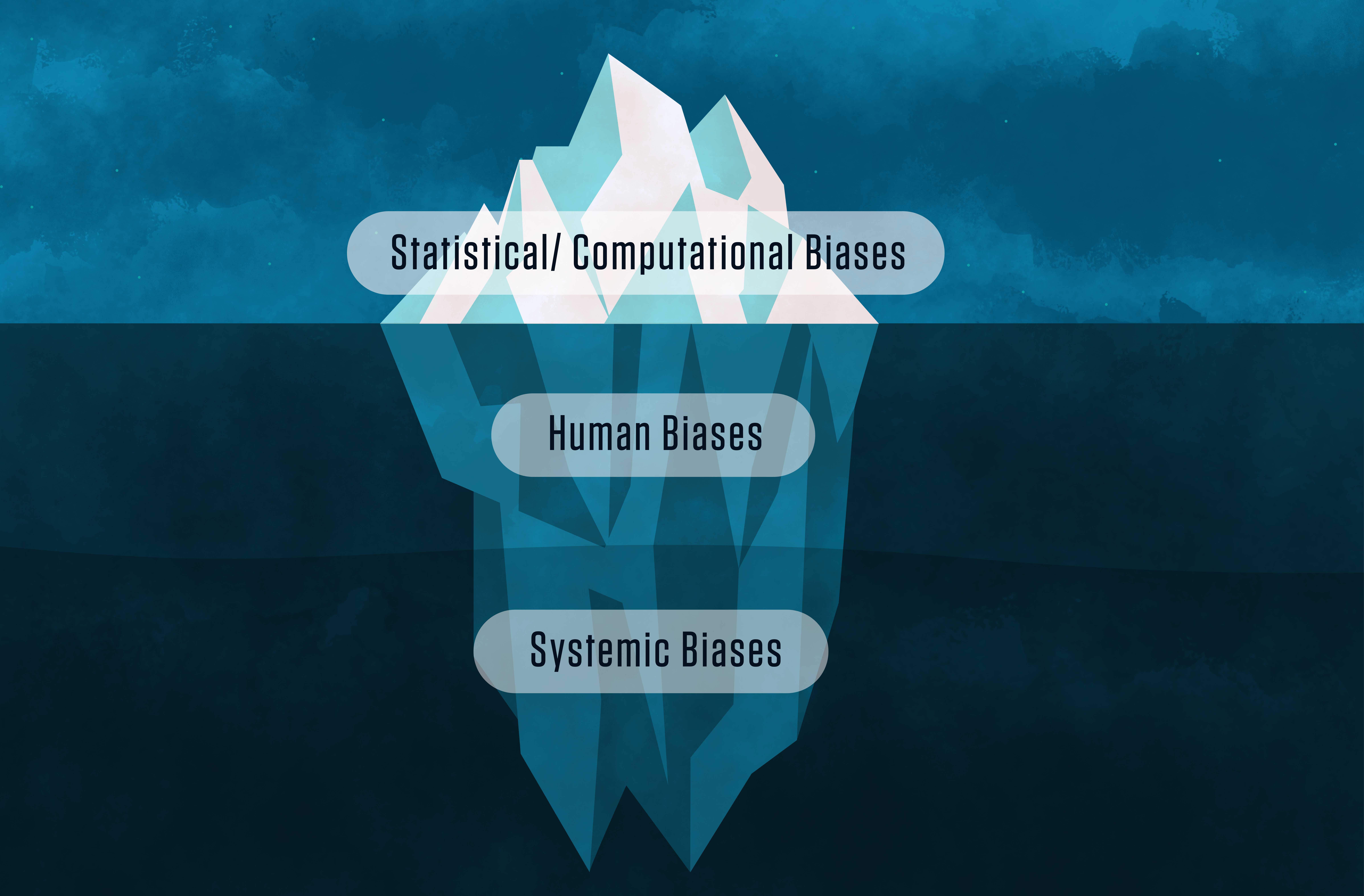人工知能の偏りを根絶するには、人間やシステム上の偏りにも対処する必要があります。 Rooting out bias in artificial intelligence will require addressing human and systemic biases as well.
2022-03-16 米国国立標準技術研究所(NIST)
・AIのバイアスは人間に危害を加える可能性がある。NISTの改訂版では、このような計算や統計によるバイアスは非常に重要ではあるものの、全体像を表しているわけではないことを認めています。
・AIシステムのバイアスは技術的な問題として捉えられがちですが、NISTの報告書では、AIのバイアスの多くが人間のバイアスやシステム的、制度的なバイアスにも起因していることを認めています。
・バイアスをより完全に理解するためには、人間的・体系的な偏りを考慮する必要があります。システム的な偏りは、人種による差別など、特定の社会集団に不利益をもたらす方法で運営されている制度から生じるものです。ヒューマンバイアスは、例えば、居住地域が犯罪の容疑者であると当局が判断する可能性に影響を与えるなど、人々がデータを使って不足している情報を補うことに関係しています。特に、AIシステムの使用に伴うリスクに対処するための明確な指針がない場合、人間的、システム的、計算論的なバイアスが組み合わさると、悪質な混合物を形成する可能性があるのです。
・”信頼できるAIシステムを開発するためには、AIに対する国民の信頼を削ぐあらゆる要因を考慮する必要があります。これらの要因の多くは、技術そのものにとどまらず、技術がもたらす影響にまで及びます。” -レヴァ・シュワルツ(AIバイアス担当主任研究員・これらの問題に対処するため、NISTの著者らは、AIにおける偏りを緩和するための「社会技術的」アプローチの必要性を訴えている。このアプローチでは、AIがより大きな社会的文脈の中で動作していること、そして偏りの問題を解決するための純粋に技術的な取り組みでは不十分であることを認識することが必要です。
<関連情報>
- https://www.nist.gov/news-events/news/2022/03/theres-more-ai-bias-biased-data-nist-report-highlights
- https://doi.org/10.6028/NIST.SP.1270
人工知能におけるバイアスの特定と管理のための標準化に向けて Towards a Standard for Identifying and Managing Bias in Artificial Intelligence
Reva Schwartz,Apostol Vassilev,Kristen Greene,Lori Perine,Andrew Burt, Patrick Hall ,BNH.AI
NIST Special Publication 1270 published:March 2022 https://doi.org/10.6028/NIST.SP.1270
Executive Summary
As individuals and communities interact in and with an environment that is increasingly virtual, they are often vulnerable to the commodification of their digital footprint. Concepts and behavior that are ambiguous in nature are captured in this environment, quantified, and used to categorize, sort, recommend, or make decisions about people’s lives. While many organizations seek to utilize this information in a responsible manner, biases remain endemic across technology processes and can lead to harmful impacts regardless of intent. These harmful outcomes, even if inadvertent, create significant challenges for cultivating public trust in artificial intelligence (AI). While there are many approaches for ensuring the technology we use every day is safe and secure, there are factors specific to AI that require new perspectives. AI systems are often placed in contexts where they can have the most impact. Whether that impact is helpful or harmful is a fundamental question in the area of Trustworthy and Responsible AI. Harmful impacts stemming from AI are not just at the individual or enterprise level, but are able to ripple into the broader society. The scale of damage, and the speed at which it can be perpetrated by AI applications or through the extension of large machine learning MODELs across domains and industries requires concerted effort.




